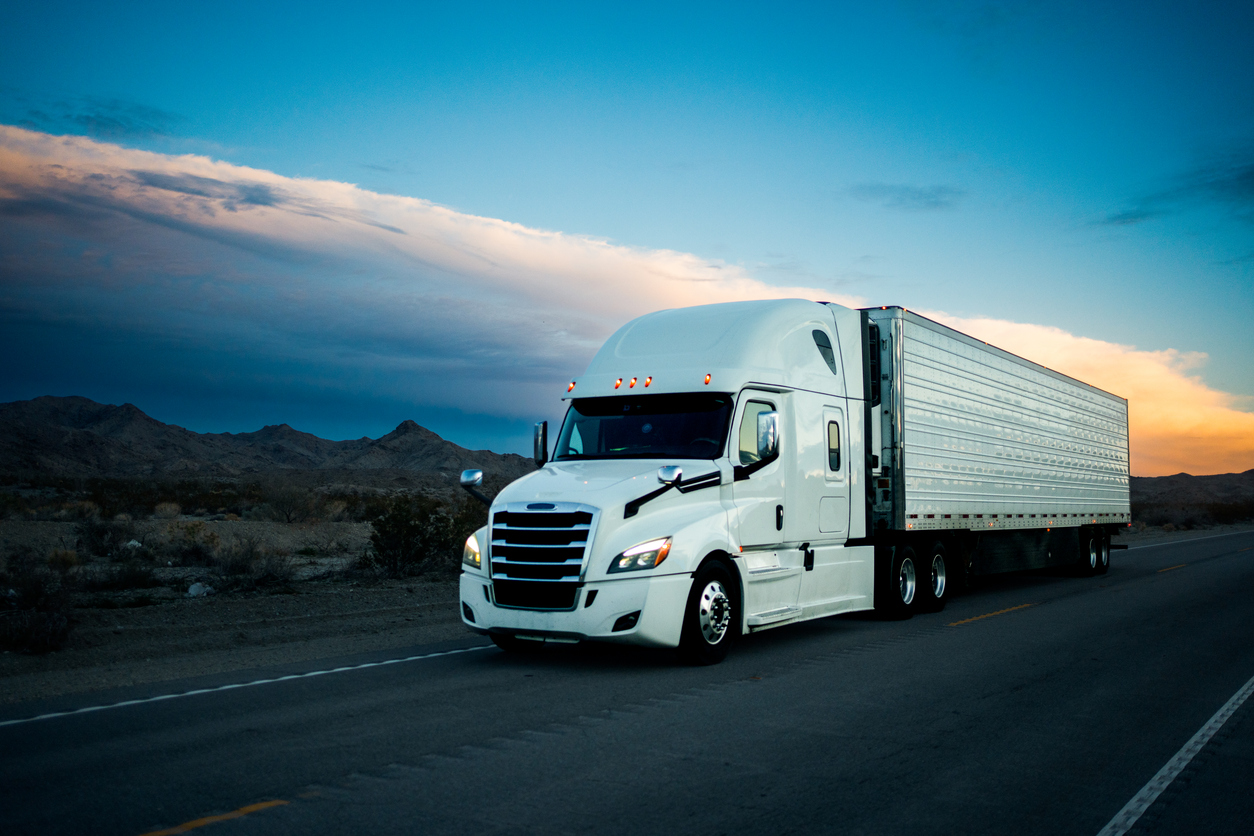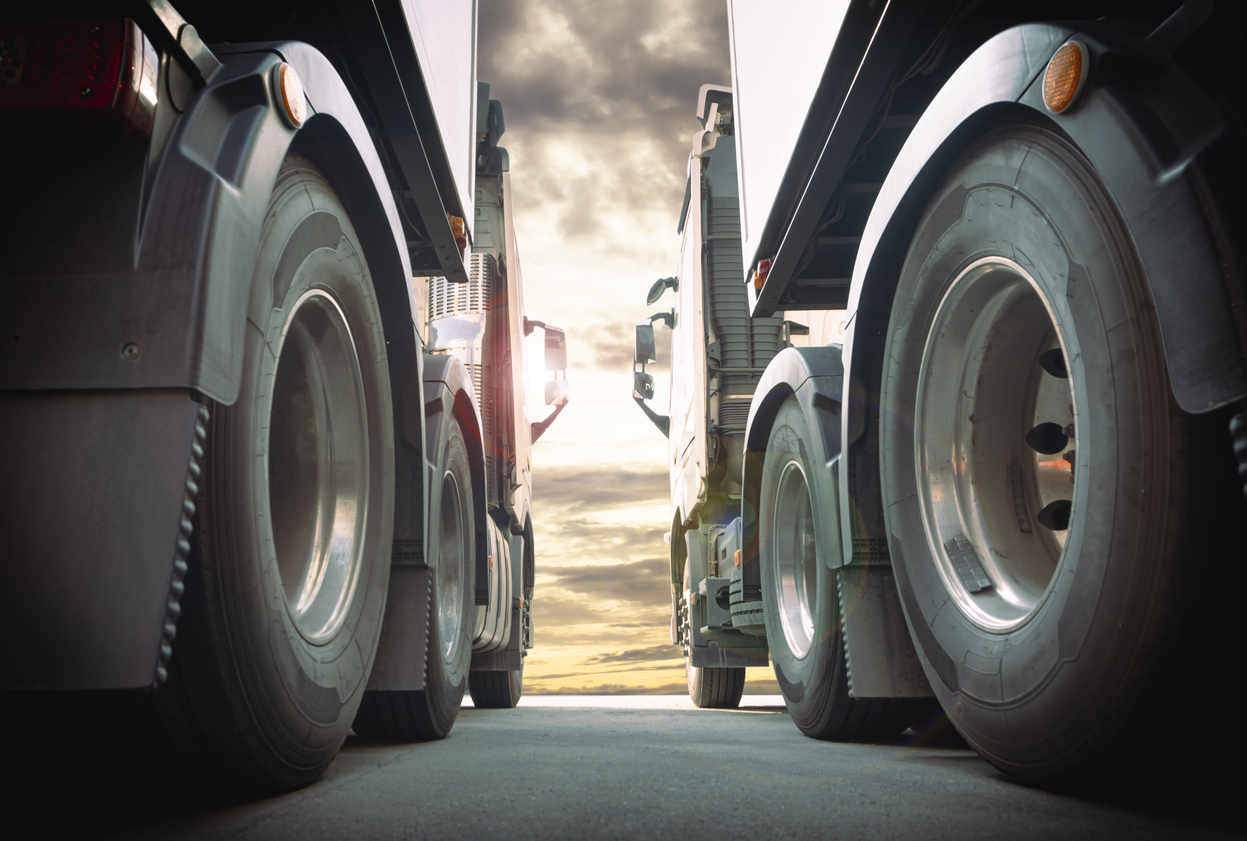Last Mile California Trucking
There’s a world that kicks into gear the moment you click “buy now”. A fascinating dance of management, logistics, and technology comes together to transport your order from warehouse shelves to your doorstep. This process is not always as smooth as we’d like, primarily due to an issue known as the last mile problem.
What Is The “Last Mile Problem”?
In essence, the “last mile problem” refers to the logistical challenges involved in transporting goods from a hub to their final delivery point. It represents one of the most problematic aspects in supply chain management given its considerable impact on overall operational costs and customer satisfaction levels.
The last leg of delivery – hence termed ‘the last mile’ – typically accounts for up to 28% of total transportation costs while also being laden with inefficiencies related to time delays or missed deliveries owing to factors such as traffic congestion, poor infrastructure, or incorrect addresses.
Overcoming the last mile problem—particularly within cities like those scattered across picturesque California—is critical in today’s e-commerce age where consumer expectations are escalating quickly towards faster same-day deliveries amidst growing concerns for environmental sustainability.
4 Ways Technology Can Solve Your Biggest Last Mile Delivery Challenges
Recent advancements in innovative technology have provided solutions to many of last mile logistics concerns that transporters face. Let’s look at five strategic ways in which tech can help overcome delivery challenges for your last mile logistical operations.
1. Use Route Planning to Cut Delivery Times
Intelligent route planning has become an indispensable tool in the arsenal of a last mile logistics company. It utilizes advanced algorithms to determine the fastest and most efficient route, saving both time and fuel costs. With it, you can automate dispatching decisions like load allocation and rerouting, taking into account factors such as traffic conditions, delivery windows, and vehicle capacity. This hands-off approach greatly reduces chances for human error while maximizing productivity with shorter deliveries times – an incredible advantage in today’s fast-paced world where consumers demand quick service.
2. Rapid Order Fulfillment
The evolution of AI software facilitates rapid order fulfillment by streamlining warehouse operations. Automated picking systems, robotic sorting technologies, and smart inventory management tools provide a way for organizations to expedite product handling within their last mile warehouse setup. As the global digital logistics market is expected to grow significantly over this decade, companies that implement these speedy order fulfillment methods will be better positioned to compete effectively in this evolving landscape.
3. Improved Traceability
Advancements in real-time tracking technology significantly improve traceability across the entire supply chain; from warehouse stocking to customer doorstep arrival. These systems utilize IoT devices equipped with GPS capabilities that monitor shipments’ exact location and status round-the-clock. The shared visibility between seller, consumer, and courier ensures increased transparency which elevates customer trust levels while aiding smooth logistic operation flow.
4: In-House Delivery Services
The introduction of autonomous vehicles and drone technology offer revolutionary potential to reduce third-party involvement through In-house delivery services. A fleet of self-operating vehicles operating round the clock can drastically decrease delivery times while eliminating labor costs. These futuristic modes of transport can navigate tricky terrains and adverse weather conditions, all while offering significant fuel efficiency.
What are the benefits of last mile delivery?
Last mile delivery is undoubtedly a critical component in any logistical setup, encompassing the final stretch where goods are transferred from transportation hubs to their ultimate destination. From an initial glance, it might seem like just another step in the overall supply chain. However, peering deeper into its operation and significance reveals immense benefits that fundamentally transform the way businesses operate.
Firstly, efficient last mile delivery translates to happier customers. In today’s fast-paced world, consumer expectations have evolved beyond mere procurement of products or services; they demand quick turnover times without compromising quality. Committing to prompt deliveries establishes customer trust and loyalty – factors imperative for business longevity.
Secondly: increased operational efficiency. Last mile delivery solutions employ advanced systems such as route optimization and real-time tracking which eliminate unnecessary mileage and reduce fuel costs. This degree of precision wrings out inefficiencies thereby providing cost savings.
Economic sustainability. By reducing fuel usage and adopting environmentally friendly transport modes, last mile logistics can contribute significantly towards sustainability goals pertinent in our era of heightened ecological consciousness.
Finally, let’s talk about competitive advantage – a well-optimized last mile delivery system acts as a value differentiator helping businesses gain an edge over competitors. It’s not just about getting products physically ‘out there’, but doing so more effectively than others.
In essence:
- Improves customer satisfaction
- Enhances operational efficiency
- Supports sustainability
- Offers a competitive advantage
While these points paint an appealing picture, executing effective last-mile logistics requires careful data analysis, innovative thinking, and strategic planning – which is precisely where experts like Sooner Logistics come into play!
What is the Last Mile in Logistics?
Last mile logistics, often referred to simply as ‘the last mile’, is a term used predominantly in the supply chain management and transportation planning field. It represents the final movement of goods from a transportation hub to their ultimate destination – most commonly, an individual consumer’s residence. The goal here is to deliver items to its end user as rapidly as possible.
Despite its name, the ‘last mile’ isn’t necessarily one single mile in distance. It could be several miles or just a few blocks depending on where the customer resides from the distribution center or warehouse.
It’s widely known that this particular leg of delivery can prove exceedingly intricate due to various factors. These complexities include navigating through residential areas with differing rules and restrictions, varying road conditions, traffic levels fluctuating throughout the day, and not forgetting customers’ preferred delivery windows.
Such challenges suggest that while last-mile logistics may account for only a small physical portion of a product’s journey, it constitutes a significant aspect of your entire strategic approach to logistic operations. In essence, smart planning of last-mile logistics secures smooth transitions during deliveries and underscores a clear pathway towards successful end-line transactions.
In my years working within industry boundaries and multiple consultations with fellow experts, I’ve observed that dedicating time to fully understand the underpinnings of last-mile logistics is vital for any business seeking growth in today’s competitive service-focused commerce ecosystem.
Overall, success hinges on consistency within this cycle: obtainment – transport – storage – dispatch – delivery. And let me underscore: effectively managing that ‘last mile’ can sharply differentiate you from competitors. This process defines freight forwarding win-lose scenarios nowadays more than ever before! Hence achieving proficiency over this elemental link should never be underestimated when considering organizational objectives for scalable expansions in respective markets.
But remember! As we step further into digital transformation information ages enhancing these existing systems must continually evolve too; this will play a crucial role in pushing efficiency boundaries even further within last-mile logistics.
Why is Last Mile Delivery Important?
Last mile delivery, which refers to the final step of a product’s journey from the distribution center to a customer’s doorstep, plays an integral role in strengthening brand reputation and driving customer satisfaction. This is because customers’ impressions about stores or online marketplaces are strongly influenced by their delivery experiences.
Instances like late deliveries, damaged products during transit, or lack of real-time tracking can negatively impact users’ shopping experiences. Moreover, as e-commerce becomes increasingly competitive, businesses that fail to deliver orders promptly and efficiently may find themselves falling behind. Today’s consumers want speed, transparency, flexibility, and efficiency; last mile delivery addresses all these needs.
What is the difference between first mile and last mile logistics?
The terms ‘first mile’ and ‘last mile’ logistics might sound familiar if you’re in the supply chain industry. Although they both play crucial roles in effective delivery systems, they serve different functions within the process.
First Mile logistics often refers to the movement of products from a supplier to a business. It’s principally concerned with sourcing raw goods or materials, arranging transport, and ensuring safe arrival at either a warehouse or manufacturing facility. Key elements of this stage include:
- Product procurement.
- Packaging for transportation.
- Initial shipping method selection.
On the other hand, Last Mile logistics pertains to final product movement from transportation hubs to end consumers – hence it’s termed as ‘last’. It’s commonly acknowledged as one of the most intricate parts of cargo delivery due to its direct impact on customer satisfaction levels. This includes determining delivery windows, coordinating with drivers, and confirming successful deliveries.
Therefore, while First Mile revolves around dealing with suppliers and preparing assets for transit, Last Mile focuses more on consumer interaction and final goal accomplishment – getting products into buyers’ hands in an efficient manner.
These two stages may be poles apart in terms of objectives but together they form an integral part of any product distribution network – working seamlessly towards guaranteeing valuable business processes are performed smoothly – right from procuring materials to delivering finished goods!
Why Choose Sooner Logistics?
In the dynamic world of logistics, efficiency, reliability, and innovation stand as the pillars of success. Among the myriad of choices, Sooner Logistics emerges as the quintessential option for last-mile trucking and 3PL logistics services. With a blend of cutting-edge technology, unparalleled customer service, and a commitment to excellence, Sooner Logistics has established itself as the premier choice in the market.
At the heart of Sooner Logistics success lies its unwavering commitment to customer satisfaction. Unlike other 3PL logistics providers, Sooner Logistics prioritizes personalized service, catering to the unique needs and preferences of each client. Their team of dedicated professionals is available around the clock to address any concerns, provide timely updates, and offer proactive solutions. Whether it’s a small local delivery or a complex nationwide distribution network, Sooner Logistics goes above and beyond to exceed customer expectations at every turn. Contact us today to learn more!




